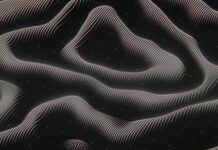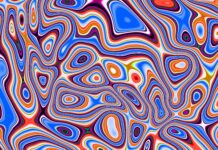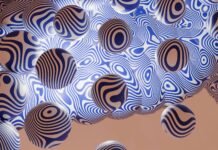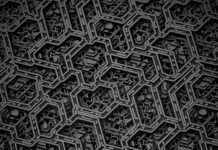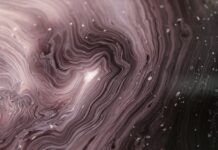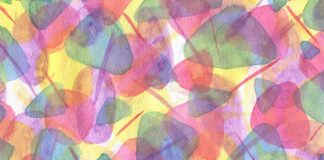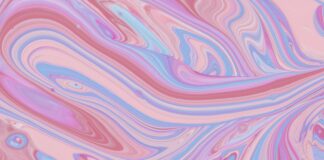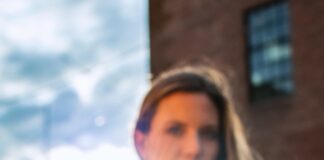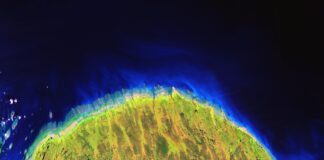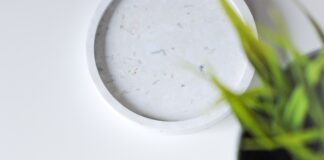AI in the fashion photography, AI in the fashion photography, AI in the fashion photography—this isn’t just a futuristic concept anymore. It’s happening now, and it’s transforming how professionals conceptualize, create, edit, and distribute visual content across the fashion industry. As brands race to automate workflows, generate lifelike AI models, and speed up production timelines, AI in the fashion photography has emerged as a revolutionary tool that is redefining creativity and efficiency alike. For photographers, models, stylists, and editors, staying ahead of this trend isn’t optional—it’s essential to staying competitive in a rapidly evolving digital space. Below are the ten most critical things you need to know to thrive in this new era.
1. AI-Powered Editing Tools Are Game-Changers
One of the biggest shifts AI brings to fashion photography is in post-production. Tools like Adobe Sensei and Luminar Neo are leveraging AI to handle complex editing tasks such as background removal, lighting correction, and even blemish retouching with unprecedented accuracy and speed. What used to take hours can now be accomplished in minutes, freeing photographers to focus on more creative aspects of their work. These tools are also learning over time, meaning they get better and more intuitive the more they are used.
2. AI Models and Virtual Influencers Are the New Faces of Fashion
Hyper-realistic AI-generated models are beginning to replace traditional models in editorial shoots and advertising campaigns. AI platforms like Lalaland.ai and Deep Agency allow brands to create lifelike, diverse avatars that pose, wear digital clothing, and appear in fully artificial photo shoots. This trend is especially appealing to fast fashion and e-commerce brands aiming to cut costs and accelerate content production. However, it also presents ethical questions about representation, labor, and authenticity.
3. Smart Cameras Are Changing On-Set Dynamics
AI isn’t just post-processing—it’s also embedded in the cameras themselves. Smart cameras now offer real-time object tracking, facial recognition, and automatic exposure adjustments that adapt to movement, lighting, and even emotional expression. Brands like Sony and Canon have integrated AI-assisted autofocus and subject recognition to improve accuracy and reduce reshoots. Photographers can focus on composition and storytelling while the camera does the technical heavy lifting.
4. AI Enhances Visual Storytelling Through Data-Driven Insights
Today’s AI systems can analyze visual trends across thousands of images to suggest poses, color palettes, and even narrative styles that resonate with target audiences. AI-driven platforms such as StyleGAN and RunwayML allow creators to input themes or moods and generate a range of relevant visual suggestions. This empowers fashion photographers to develop more compelling and emotionally resonant stories that are aligned with brand identities and audience preferences.
5. Style Transfer and AI Filters Offer Unmatched Creative Flexibility
AI is empowering photographers with style transfer features, allowing them to apply the look of famous photographers or painting styles onto their own images. Want to create a campaign that mimics the moodiness of Helmut Newton or the surrealism of Salvador Dalí? AI can do that. These tools encourage creative experimentation and significantly reduce the need for elaborate sets or post-processing.
6. Real-Time Feedback and Composition Suggestions Are Revolutionizing Shoots
With AI integrated into apps and cameras, fashion photographers can now receive real-time feedback on framing, lighting, and subject alignment. Tools like AutoRetouch and AfterShoot use AI to flag technical issues and suggest optimizations mid-shoot. This ensures higher quality results and reduces the need for reshoots, which is crucial for time-sensitive campaigns.
7. AI Is Democratizing High-End Fashion Photography
Thanks to AI, high-quality fashion photography is no longer reserved for elite studios. Small brands and independent photographers now have access to sophisticated tools that rival those used by top-tier agencies. Platforms like Remini or Fotor leverage AI to upscale images, improve resolution, and enhance facial details, bringing luxury-level results to budget-conscious creatives.
8. AI in Fashion Photography Requires New Ethical Guidelines
As AI becomes more integral, so do questions about consent, copyright, and authenticity. Who owns an AI-generated photo? Should AI-generated models be labeled? Is it ethical to create or alter likenesses without approval? These questions are sparking new discussions in legal and creative circles. Fashion photographers must stay informed about evolving policies to avoid legal complications and maintain transparency with their audiences.
9. AI Is Reshaping Talent and Hiring in Photography
The rise of AI means brands are rethinking who they hire. Instead of just seeking skilled photographers, they want tech-savvy creatives who understand prompt engineering, machine learning, and AI-enhanced workflows. Training in AI tools is quickly becoming a competitive advantage. Photographers who adapt will open doors to high-paying commercial projects, while those who resist risk obsolescence.
10. The Future of AI in Fashion Photography Is Collaborative, Not Replacive
Despite fears that AI will replace creatives, the future is more likely to be collaborative. AI handles the technical and repetitive tasks, freeing human creatives to focus on vision, emotion, and storytelling—areas where machines still lag. The most successful photographers of tomorrow will be those who learn to harness AI not as a crutch, but as a co-creator in their artistic journey.
Conclusion
The integration of AI in the fashion photography landscape is not a temporary trend—it’s a structural transformation that will define the industry for years to come. From editing and modeling to storytelling and distribution, every facet of fashion photography is being reshaped. By understanding these ten critical developments, creatives and brands alike can position themselves at the forefront of a new visual era. Whether you’re a seasoned professional or a newcomer, now is the time to embrace the power and potential of AI in the fashion photography.




